Video Link: https://vimeo.com/248070562
Video Download: A Guide To Prostate Cancer
Video Stream: A Guide To Prostate Cancer
About Prostate Cancer

Prostate cancer is a widespread health concern for men across the United States and all across the world. Prostate cancer is one of the most common forms of cancer, affecting over 200,000 men each year.
Like any cancer, prostate cancer is the result of cellular metabolism gone awry. Prostate cells start to divide out of control, and eventually spread throughout the entire body. The prostate gland plays a vital role in male sexual physiology. It is partially responsible for producing the fluid portion of semen, along with the seminal vesicles.
The prostate gland is located between the rectum and the bladder. The prostate gland slowly grows throughout the male lifespan. A young adult male has a prostate that is estimable to a walnut, and over time, it becomes larger.
Sometimes it grows so large that it has to be removed or treated. The prostate is connected to the urethra, which flows directly through the prostate. The urethra is responsible for evacuating fluid from the body, whether it be semen or urine.
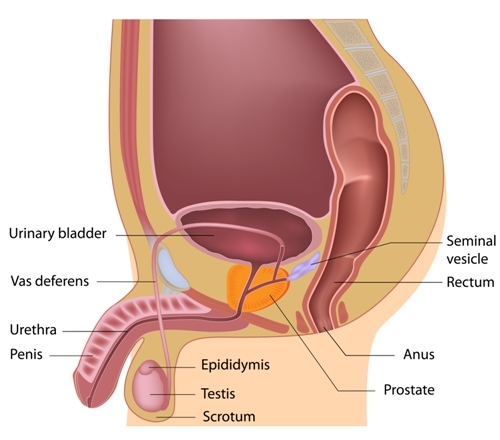 The prostate is below the bladder and in front of the rectum. The size of the prostate changes with age. In younger men, it is about the size of a walnut, but it can be much larger in older men.
The prostate is below the bladder and in front of the rectum. The size of the prostate changes with age. In younger men, it is about the size of a walnut, but it can be much larger in older men.
Just behind the prostate are glands called seminal vesicles that make most of the fluid for semen.
The urethra, which is the tube that carries urine and semen out of the body through the penis, goes through the center of the prostate.
Types of Prostate Cancer
The vast majority of prostate cancers in humans belong to a class known as Adenocarcinoma. This form of cancer is the result of the cancerous growth of prostate gland cells, the specific cells responsible for producing prostate fluid. Of course, there are other forms of prostate cancer as well (though far rarer), including:
- Transitional Cell Carcinoma
- Neuroendocrine Tumors
- Small Cell Carcinomas
- Sarcomas
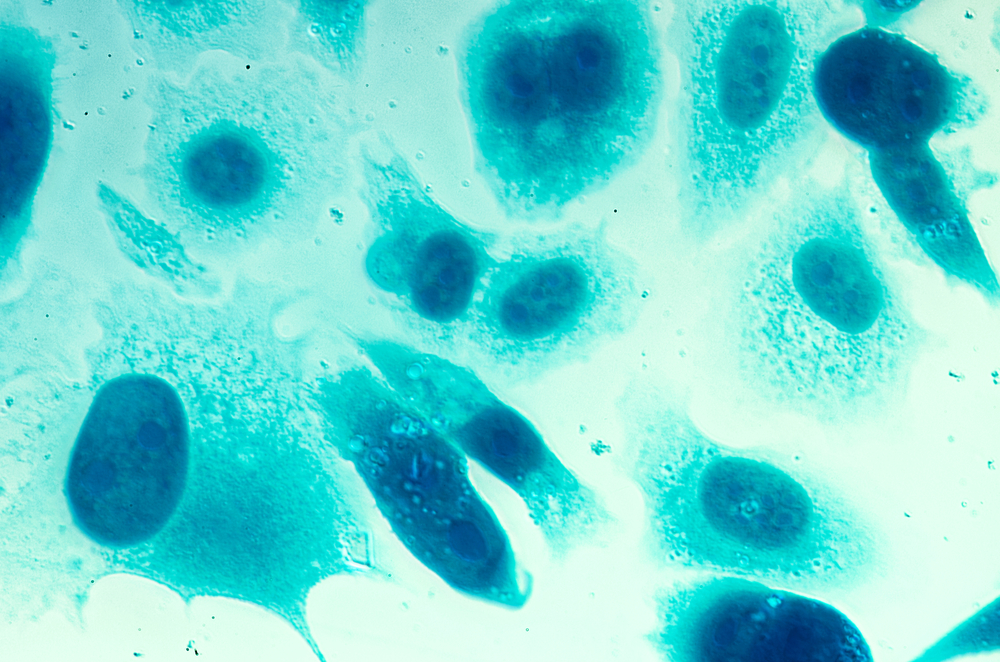
Prostate cancer cells
In general, prostate cancer progresses incredibly slowly. In fact, some people have been discovered having prostate cancer without experiencing any significant symptoms.
They just die of old age or other factors before prostate cancer can become problematic. Of course, every patient's experience with cancer is different, and in some cases, prostate cancer can develop more quickly.
Causes of Prostate Cancer
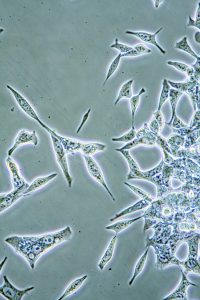 A minority of prostate cancer cases are the result of heredity. It is believed that genetic predisposition accounts for five to ten percent of prostate cancer cases.
A minority of prostate cancer cases are the result of heredity. It is believed that genetic predisposition accounts for five to ten percent of prostate cancer cases.
There are some known genes associated with prostate cancer risk, including HOXB13 (aids in prostate development), BRCA1 and BRCA2 (responsible for repairing damaged DNA), and RNASEL (helps kill tumor cells).
The majority of prostate cancer cases and the root cause of most prostate cancer, even in the event of inherited genetic mutation, is acquired gene mutation.
These genetic abnormalities take place as a result of general wear and tear and environmental exposures throughout the lifespan. When cells divide, sometimes there are errors that change the way that cells function. It's generally believed that anything that increases the rate that prostate cells replicate affects prostate cancer risk.
There is some evidence that Testosterone, Androgens and other hormones associated with prostate development can increase prostate cancer risk. As with any medical treatment, it is essential to recognize the benefits and drawbacks.
There is also mixed evidence regarding the effect of IGF-1 on prostate cancer. IGF-1 is the hormone that is produced as a result of Human Growth Hormone secretion and is responsible for modulating and encouraging cellular replication.
Inflammation is increasingly being recognized as a powerful influence on cancer risk and other health issues. Inflammation can exacerbate prostate cancer, and may even play a role in causing cancer.
It's hypothesized that inflammation increases the risk of DNA damage.
Environmental factors can also lead to increased cancer risk, but this field of study is still young.
Risk Factors for Prostate Cancer
There has been a significant amount of research performed on prostate cancer risk. Prostate cancer is strongly correlated with age, for example. Most young men don't get prostate cancer. It becomes increasingly likely after the age of forty. 60% of prostate cancer cases are discovered in men sixty-five or older.
The highest risk of prostate cancer is among African-American men, and the low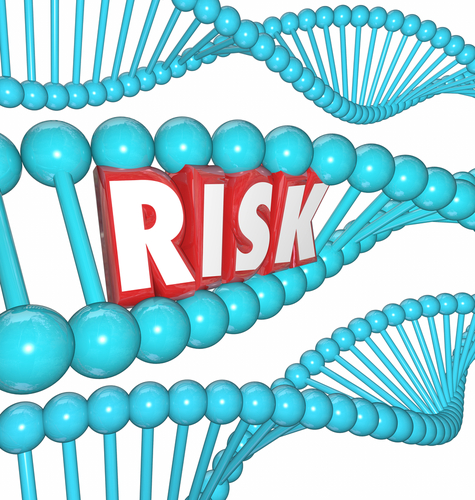 est chance is among Latinos and Asians. Concerning location, prostate cancer is most common in the Caribbean, Australia, Northwestern Europe, and North America.
est chance is among Latinos and Asians. Concerning location, prostate cancer is most common in the Caribbean, Australia, Northwestern Europe, and North America.
Like most diseases, prostate cancer is strongly influenced by family history, even in the absence of direct hereditary genetics.
For example, if you have a brother with prostate cancer, this effectively doubles your chances of having prostate cancer in your life. As mentioned earlier, there is a hereditary component for up to 10% of prostate cancer cases.
Early Detection and Diagnosis of Prostate Cancer
As with most forms of cancer, it's vitally important to catch cancer early to have the best possible prognosis. For example, it's generally recommended to start having a prostate exam around the age of forty and continue to have them annually for the rest of your life. This exam is also referred to as a Digital Rectal Exam.
There are a few other tests that help catch prostate cancer early. For example, PSA Screening is a highly effective means of screening for prostate cancer. PSA stands for Prostate-Specific Antigen. Men with prostate cancer produce elevated levels of PSA.
For men that are at high-risk for prostate cancer, there are hormone therapy options available that have been shown to suppress prostate cancer risk. A couple of these drugs are Avodart and Proscar.
There is still some debate regarding the final cost-risk ratio with these drugs because evidence suggests that while they can reduce prostate cancer risk by around 25%, they can also increase the risk of more dangerous prostate cancer.
Treating Prostate Cancer
Oncologists and Urologists are specialists with the most experience in treating prostate cancer. Prostate cancer treatment heavily depends on when the cancer is discovered, and how severe the ca ncer has become. Chemotherapy, hormone therapy, radiation, and surgical removal of the prostate are all options on the table.
ncer has become. Chemotherapy, hormone therapy, radiation, and surgical removal of the prostate are all options on the table.
In some cases, if the prostate cancer is still in its early stages, and there are risks involved in treating an elderly patient with prostate cancer, the best option may only be to engage in what is known as active surveillance of prostate cancer, merely monitoring the progression of the disease, and making sure it doesn't interfere with the life and the long-term health of the patient.
The outlook for Prostate Cancer Patients -- Surviving Prostate Cancer
Prostate cancer is the second most diagnosed form of cancer among men in America. Only skin cancer occurs more frequently. One in every seven men will experience prostate cancer in their lives. In spite of this frequency, less than three percent of men will die as a result of prostate cancer.
Because of the slow rate of development in most cases, and the late-onset of the disease, most men with prostate cancer pass due to other circumstances.
Luckily, prostate cancer is one of the most survivable forms of cancer, in spite of being relatively common. Ninety-nine percent of males with prostate cancer will survive at least five years after the cancer is discovered, and, for patients with prostate cancer confined to the prostate area, the rate of survival is nearly perfect over five years.
Prevention of Prostate Cancer -- How to Reduce Your Risk of Prostate Cancer
Lose Weight -- Obesity, and merely being overweight, both increase your risk of prostate cancer. Losing weight reduces your risk.
Eat less fat -- Though there may not be a direct correlation, men that overeat fat have a higher tendency to experience prostate cancer in their lives. Fat is an integral part of the diet, but control your consumption for reduced prostate cancer risk.
Eat More Healthy Fats -- Eating high levels of animal fat correlates with  increased prostate cancer risk. Choosing vegetable oils over animal fat for cooking is the right decision. A diet rich in Omega-3 fatty acids (most commonly sourced from fish products) has been shown to be beneficial in the prevention of prostate cancer.
increased prostate cancer risk. Choosing vegetable oils over animal fat for cooking is the right decision. A diet rich in Omega-3 fatty acids (most commonly sourced from fish products) has been shown to be beneficial in the prevention of prostate cancer.
Exercise More -- Men that get at least thirty minutes of moderate physical activity each day (most days) have a lower risk of prostate cancer.
Reference
Genetics and biology of prostate cancer

- The Hidden Dangers of Plastic [Last Updated On: November 21st, 2024] [Originally Added On: December 15th, 2022]

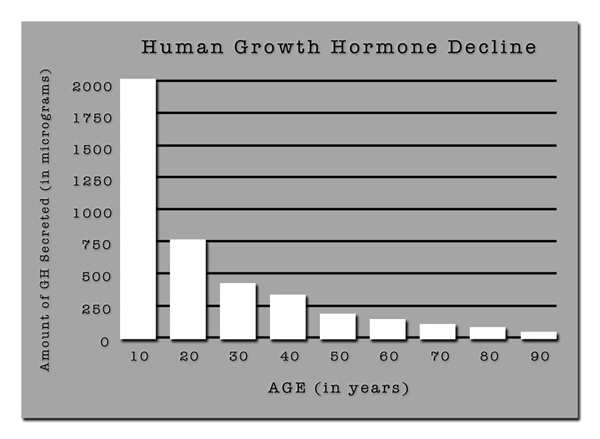
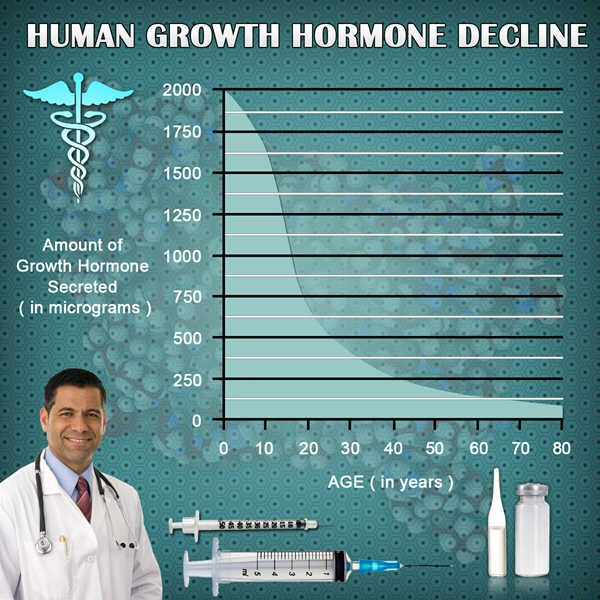
List of USA state clinics - click a flag below for blood testing clinics.
Word Count: 1416



















































